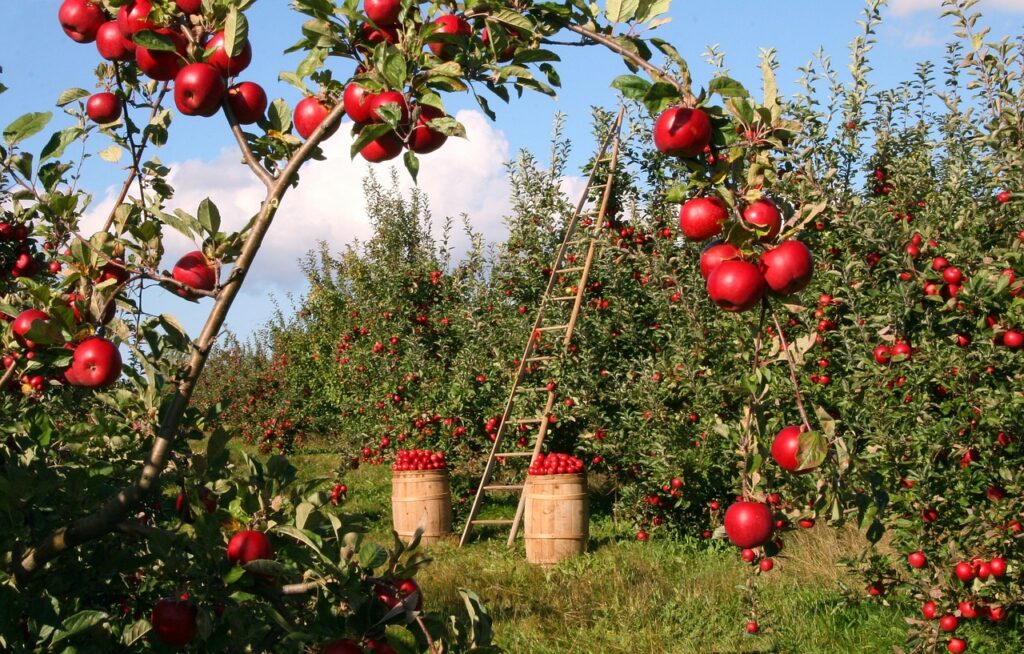Peace President United Blog
What U.S. Federal Law says about Sustainable and Regenerative Agriculture and Farming Practices

As of 2021, although there appear to be no federal law in the United States that specifically regulates regenerative farming practices, There are also federal laws and regulations that touch upon various aspects of regenerative farming practices, such as soil health, conservation, and sustainable agriculture. However, there are proposals underway that are opening the door to our critical Topsoil Crisis on Planet Earth. Visit Peace President’s Nature First Initiative.
The U.S. Department of Agriculture (USDA) has several programs that promote conservation practices and sustainable agriculture, such as the Environmental Quality Incentives Program (EQIP), the Conservation Stewardship Program (CSP), and the Conservation Reserve Program (CRP). These programs provide financial and technical assistance to farmers who implement conservation practices, such as cover cropping, crop rotation, reduced tillage, and nutrient management, which are commonly used in regenerative farming.
Additionally, the USDA has developed the Soil Health Management (SHM) framework, which emphasizes the importance of soil health for agricultural productivity and sustainability. The SHM framework promotes regenerative practices such as crop diversity, cover cropping, reduced tillage, and the integration of livestock and crop systems.

Animal Agriculture
Furthermore, the U.S. Food and Drug Administration (FDA) regulates the use of certain substances, such as antibiotics and hormones, in animal agriculture, which can have an impact on regenerative farming practices that involve livestock.
It’s worth noting that many states have their own laws and regulations related to sustainable and regenerative agriculture practices. For example, California has a Sustainable Agriculture Lands Conservation Program (SALCP) that provides grants to protect agricultural lands and promote sustainable farming practices.
In addition, regenerative farming practices are also supported by various private sector initiatives, such as certification programs and market incentives. For example, the Regenerative Organic Certification (ROC) program, developed by the Regenerative Organic Alliance, provides a certification for agricultural products that meet specific regenerative and organic standards. Similarly, the Sustainable Agriculture Initiative (SAI) Platform, a global food industry initiative, provides guidance and tools for sustainable agriculture and supply chain management.

Additionally, many retailers and food companies have committed to sourcing their products from regenerative agriculture systems. For example, General Mills, Danone, and Patagonia have all pledged to increase their use of regenerative farming practices in their supply chains.
Once more, as of 2021, while federal law does not specifically regulate regenerative farming practices, there is growing interest and support for these practices among farmers, consumers, and policymakers. In December 2020, the U.S. Congress passed the Conservation Stewardship Program Enhancement Act, which increases funding and support for conservation practices, including regenerative agriculture practices, through the CSP program.
It is worth noting that the definition of regenerative farming can vary depending on the source, and there is ongoing debate and discussion within the agricultural community about what practices constitute regenerative farming. Some advocates of regenerative farming emphasize practices such as agroforestry, holistic grazing management, and regenerative agroecology, which may go beyond the conservation practices promoted by federal and state programs.
Furthermore, there are challenges to implementing regenerative farming practices, such as the cost and complexity of transitioning to new systems, the need for education and training, and the lack of infrastructure and market access for regenerative products. However, there are indeed Regenerative Agriculture and Farming options that we can discover and implement essential for maintaining Topsoil Health.
The Vital Importance of Topsoil Health
Regenerative agriculture is often promoted as a way to improve topsoil health because it emphasizes practices that can promote soil organic matter, enhance soil structure and texture, and increase soil fertility and biodiversity.
One key aspect of regenerative agriculture is the use of cover crops, which are plants that are grown specifically to cover the soil between main crops. Cover crops can help prevent erosion, improve soil structure, and increase soil organic matter. When cover crops are terminated, they decompose and release nutrients that can benefit the subsequent crop.
Regenerative agriculture also emphasizes reduced tillage or no-till farming practices, which can help protect soil structure and reduce soil erosion. Tilling disrupts soil structure and can lead to compaction and erosion, which can degrade topsoil health over time. In contrast, reduced tillage or no-till practices can help maintain soil structure, enhance soil water-holding capacity, and increase soil organic matter.
Another key aspect of regenerative agriculture is the use of crop rotations and intercropping, which can help diversify the plant species grown in a particular area. This can promote soil biodiversity and reduce the buildup of pests and diseases that can occur when the same crop is grown repeatedly in the same location.
Finally, regenerative agriculture often includes the use of animal integration, such as rotational grazing or silvopasture, which can help improve soil health through increased nutrient cycling and soil disturbance.
Overall, by promoting practices such as cover cropping, reduced tillage, crop rotations, and animal integration, regenerative agriculture can help improve topsoil health by promoting soil organic matter, enhancing soil structure and texture, and increasing soil fertility and biodiversity. These benefits can in turn lead to improved agricultural productivity, resilience to climate change, and overall ecosystem health.
